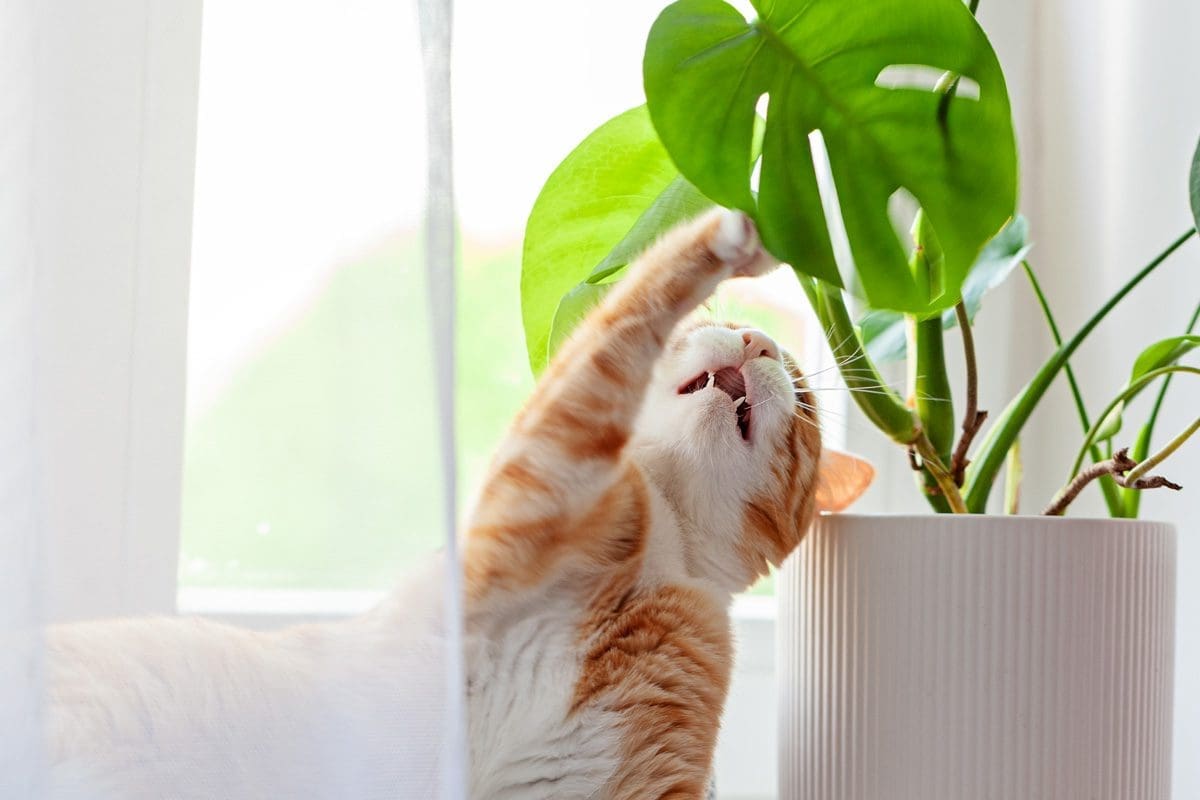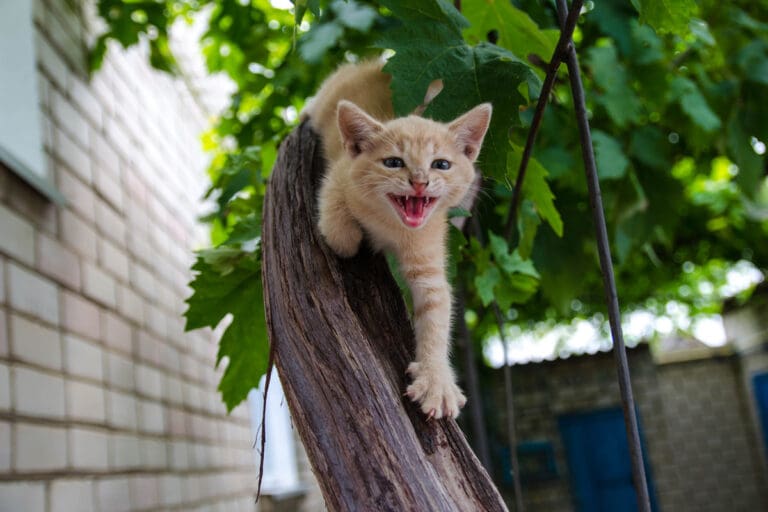Cats are curious creatures and have an independent streak that can lead to undesirable behavior. Luckily, cats are intelligent and trainable and can be encouraged away from bad habits with discipline and positive reinforcement.
The best way to train a cat is by using positive reinforcement, typically rewarding them when they perform the desired behavior.
Do: Core Skills of Positive Reinforcement Cat Training

- Eliminate distractions.
- Train only one skill at a time.
- Be consistent with cues.
- Use treats to encourage desired behavior.*
- Keep training sessions short.
- Repeat sessions on the one skill until mastered.
- Do not introduce a new skill until the previous skill is mastered.
- A clicker may also be used in addition to/in conjunction with a treat.
Don’t: What Disciplining a Cat Is Not
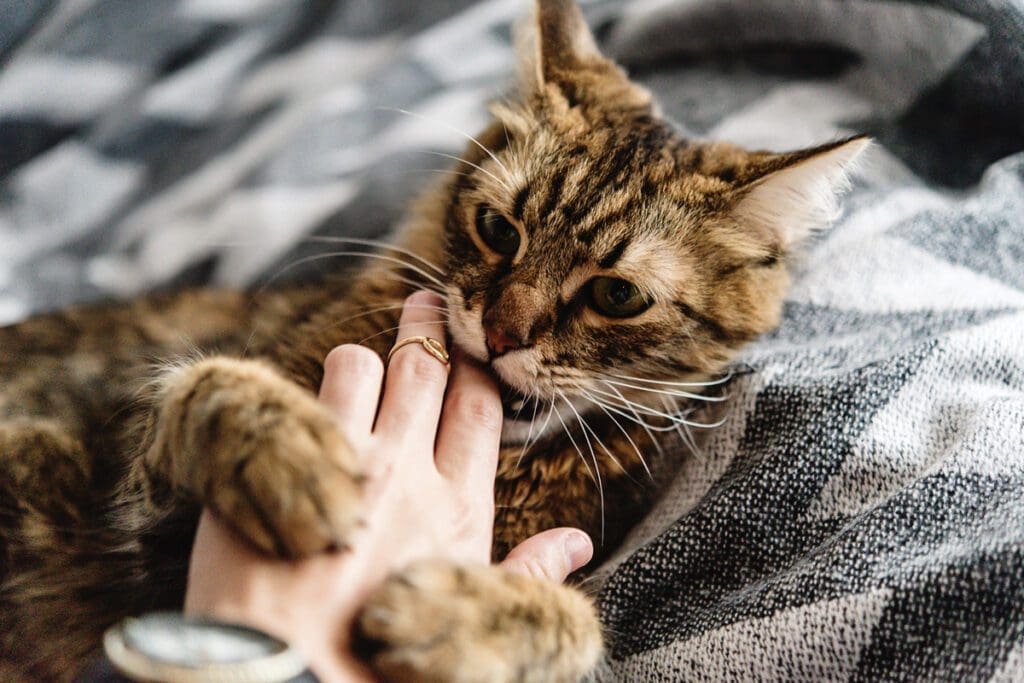
There are negative connotations that come with the word “discipline.” When we refer to discipline in the context of training a cat, it is meant in the sense of providing conditioning and structure for the cat. We are not referring to discipline in the sense of physical domination, which will only serve to break your bond with the animal.
Instead, discipline is best conducted by using conditioning to achieve the desired behavior and/or avoidance of undesired behavior through positive reinforcement, typically through the use of rewards.
Do: Rule Out Medical Issues First
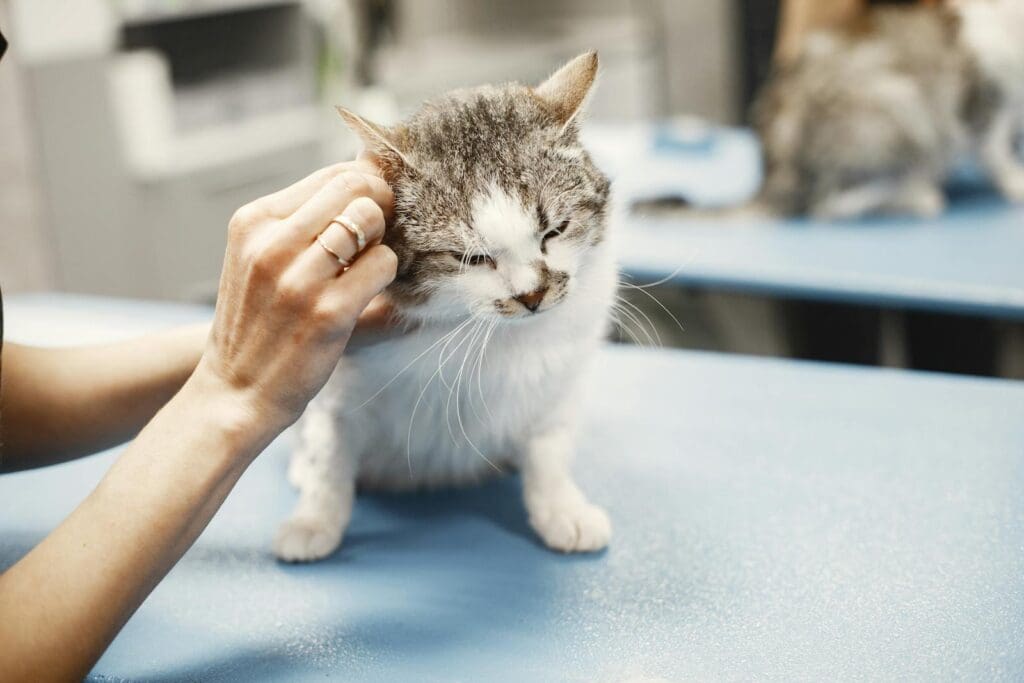
Be aware that cats who urinate or defecate outside of their litter box may be doing so due to a medical issue. Common issues are urinary tract infections, hyperthyroidism, or diabetes. All these can lead to urinary urgency. Other conditions can cause bowel emergencies.
If your cat behaves in any way that seems” off,” it is advised to schedule an appointment with your veterinarian to make sure your cat doesn’t have any underlying health issues that are at the root of the problem.
Do: Core Methods Used to Discipline a Cat
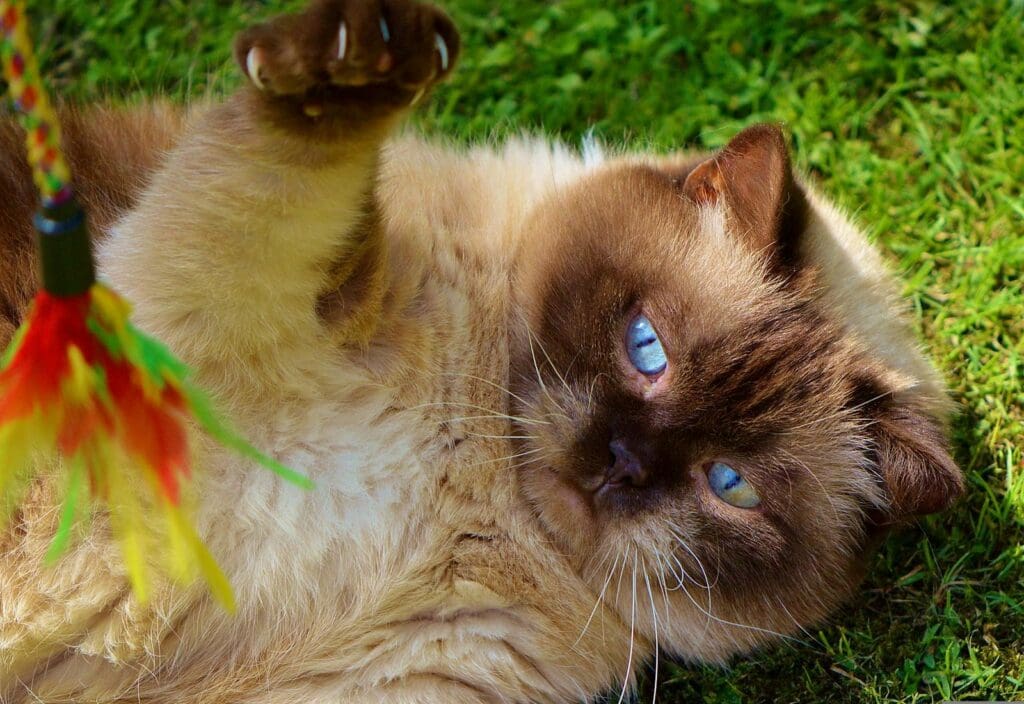
There are several methods you can use in an attempt to discourage your cat from undesired behavior. They are:
- Rewarding good behavior.
- Playing with the cat.
- Giving the cat a timeout.
- Clapping your hands.
- Using your voice.
- Shaking/clanking noisy cans.
- Using a water-filled spray bottle*.
- Using other deterrents.
*Keep in mind that regularly spraying a cat with water could lead to a detrimental effect on their bond with you and happiness in the long term.
Don’t: Try to Train Your Cat Like a Dog
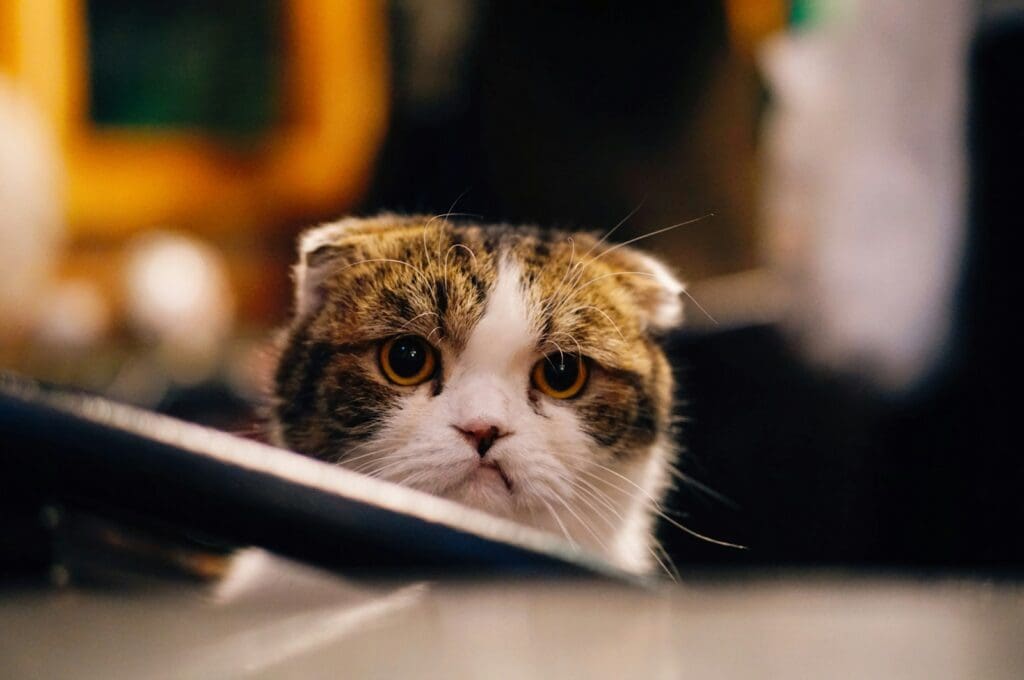
A cat isn’t a dog. They are entirely different animals, and the things that work in training and disciplining a canine won’t work with a feline. Cats and dogs don’t learn in the same way.
For example, rubbing your cat’s nose in something is only going to damage the trust the animal has for you. Yelling may stress your cat. Physical discipline should never be used.
Cats have shorter attention spans, while dogs are more patient, obedient, and eager to please. It’s much more difficult to teach a cat to sit or stay. However, cats have a longer memory so that’s a bonus.
Start Reinforcing Good Behavior
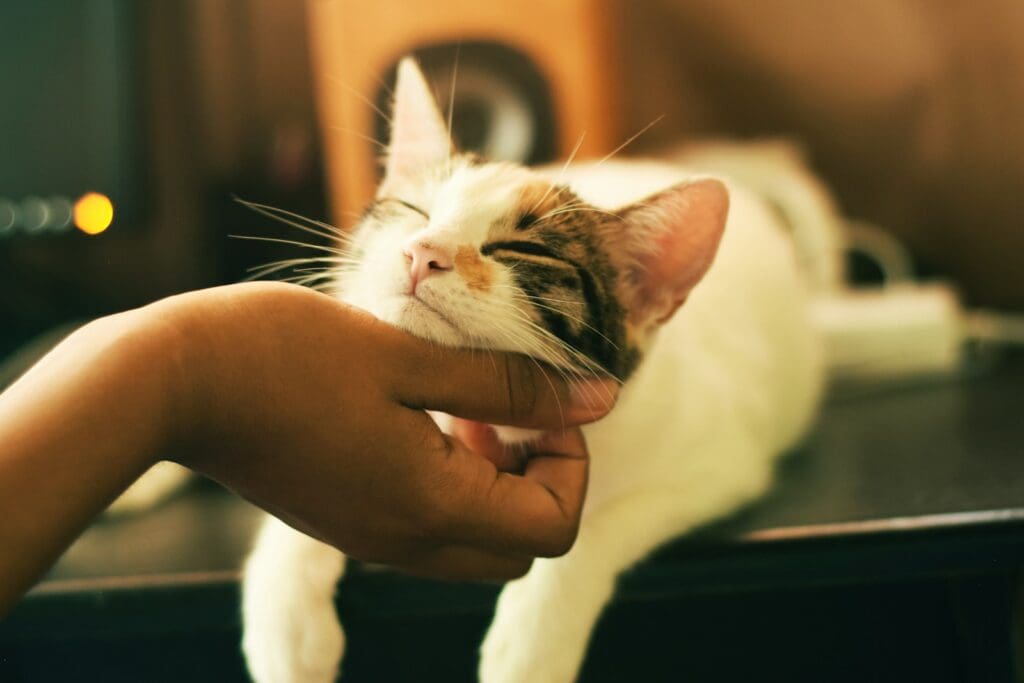
Start early with positive reinforcement every time your cat is engaging in good behavior.
For example, every time your cat is scratching at its scratching pole, give it a treat and/or praise. If your cat is scratching at your furniture, redirect it to its scratching pole. If it scratches at the post, give it a treat.
Why Cats Misbehave (and Common Misbehaviors)
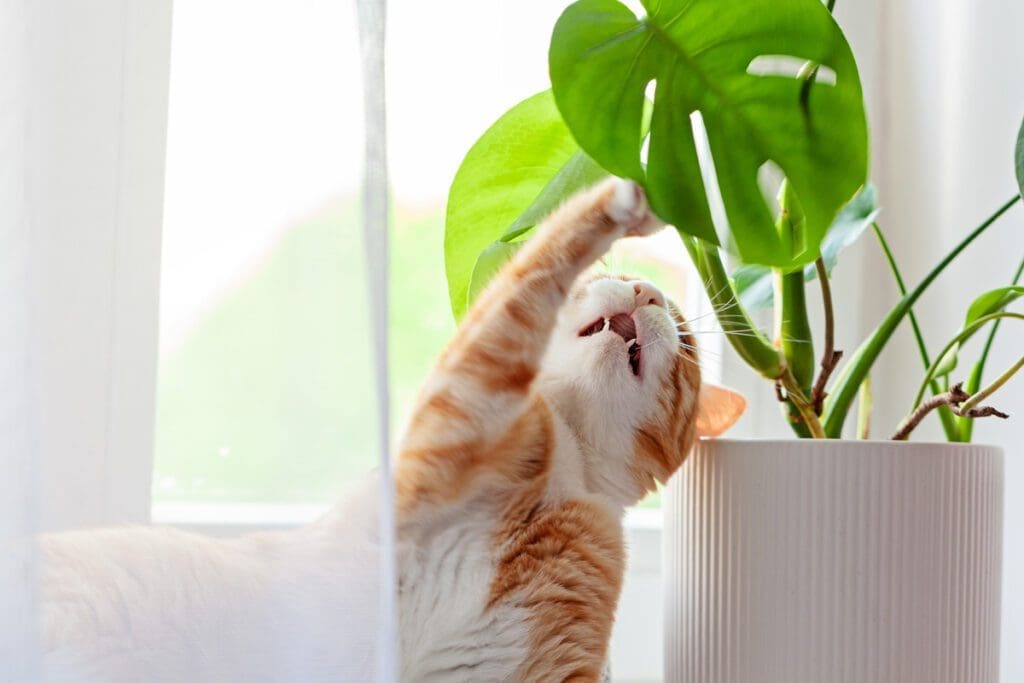
“Curiosity killed the cat,” is an old saying for a reason. Cats are intelligent and inquisitive, and can sometimes get themselves into trouble due to lack of attention, boredom, and needing to keep themselves entertained.
Make sure you are giving your cat enough attention and playtime so that it reduces their need to find something to do.
Common cat misbehaviors:
- Jumping on counters.
- Scratching household items, especially furniture.
- Chewing wires.
- Eating houseplants.
- Biting.
- Pouncing on things or people.
- Bringing you “gifts” of dead animals.
- Spraying and marking territory.
What to Do When Your Cat Misbehaves

There are several techniques you can try as a way of stopping your cat’s bad behavior.
Try a Redirect
If your cat is doing something undesirable, try redirecting its attention toward something positive. For example, if scratching at furniture, redirect the cat to its scratching post.
Remove Your Attention
Many cats value human attention, and one method is to remove your attention when they do something undesirable. For example, when your cat bites, remove your attention or walk away from the cat.
Keeping Cats Off of Surfaces
If you want to keep cats away from surfaces you don’t want them jumping on, such as countertops, one technique is to use double-sided tape or aluminum foil. Cats are sensitive to textures, and these are textures they don’t like.
This same technique can be used to keep cats from scratching furniture and upholstery.
Make sure to provide an alternative for your cat such as a scratching post or cat furniture that provides a climbing and perching spot.
Solutions Using Technology

In addition to using positive reinforcement to encourage good behavior from your cat, there are situations in which technology may be necessary to help you prevent certain unwanted behaviors.
Motion-Activated Air-Sprayers
Another technique for keeping cats away from certain areas is to use a motion-activated air sprayer device. These devices typically blow a jet of compressed air in the direction you have it pointed at.
Also, be aware that these sprayers come in varieties that are designed for different types of deterrence. For example, keeping a cat away from the back of the couch versus out of a yard.
Pheromone Sprays to Stop Scratching and Urine Spraying
Another way to deter cats from scratching particular objects is to use a pheromone spray. Pheromones signal to your cat that this area has already been “marked” and does not need to be marked again.
Cats also rub against objects with their cheek to leave a scent on the area. Un-neutered males and un-spayed females may also spray a small patch of urine to “mark” a place in the house. Pheromone sprays, such as those containing Feliway (a synthetic pheromone), can reduce spraying. You can also apply odor neutralizers anywhere your cat has sprayed to prevent it from spraying that spot again.

